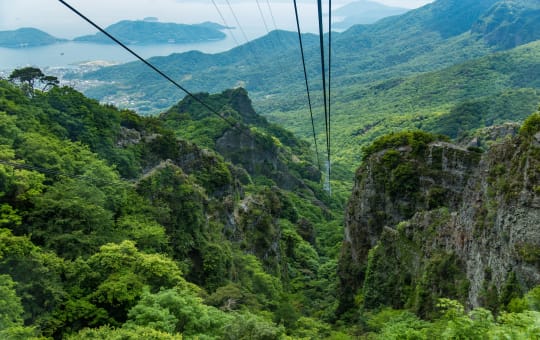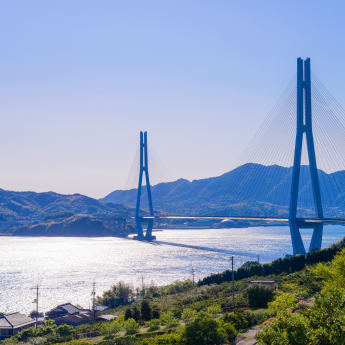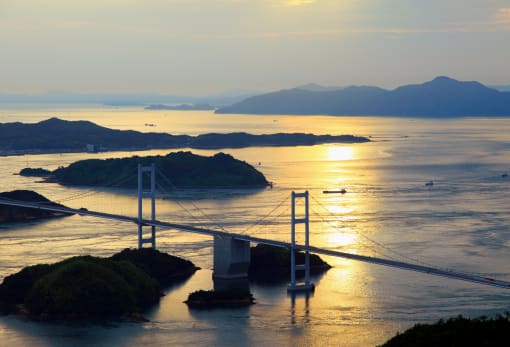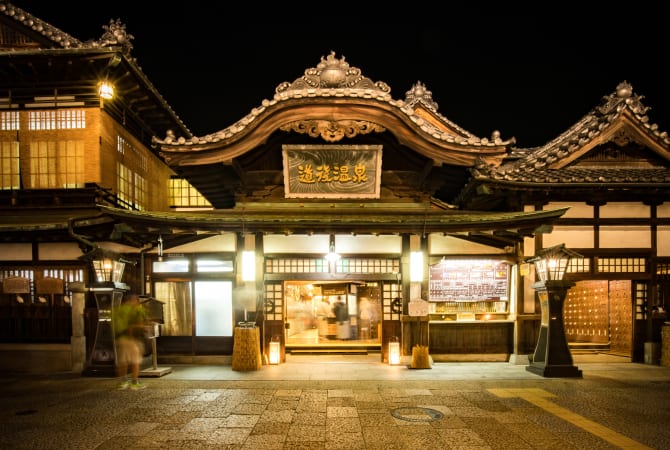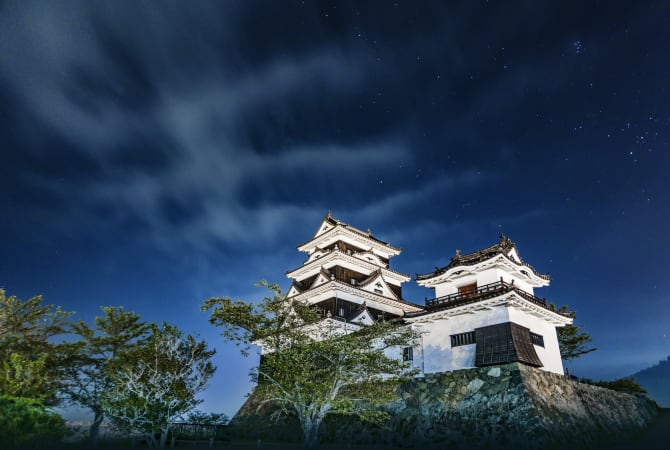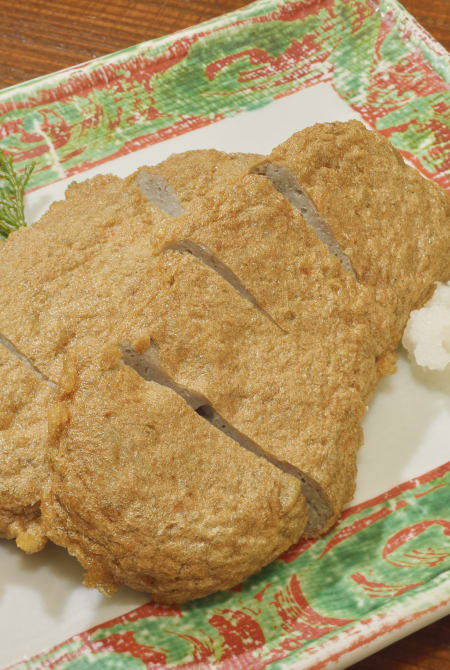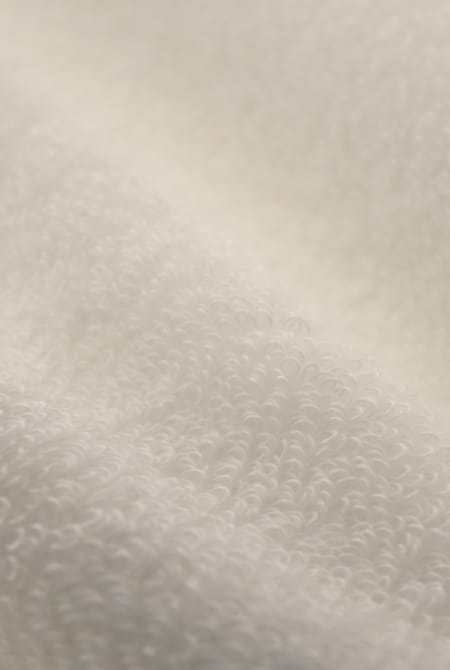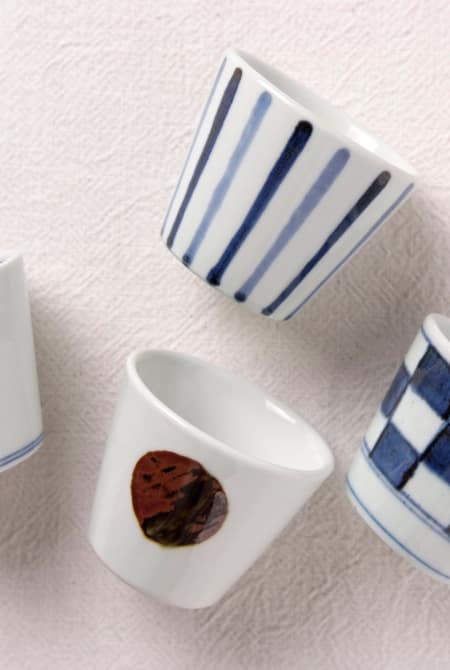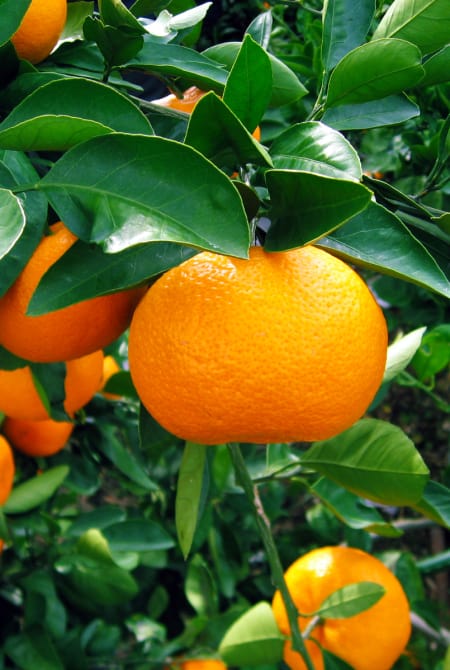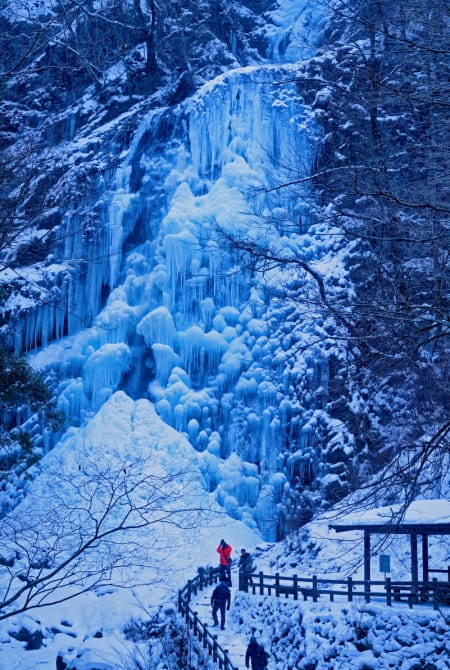
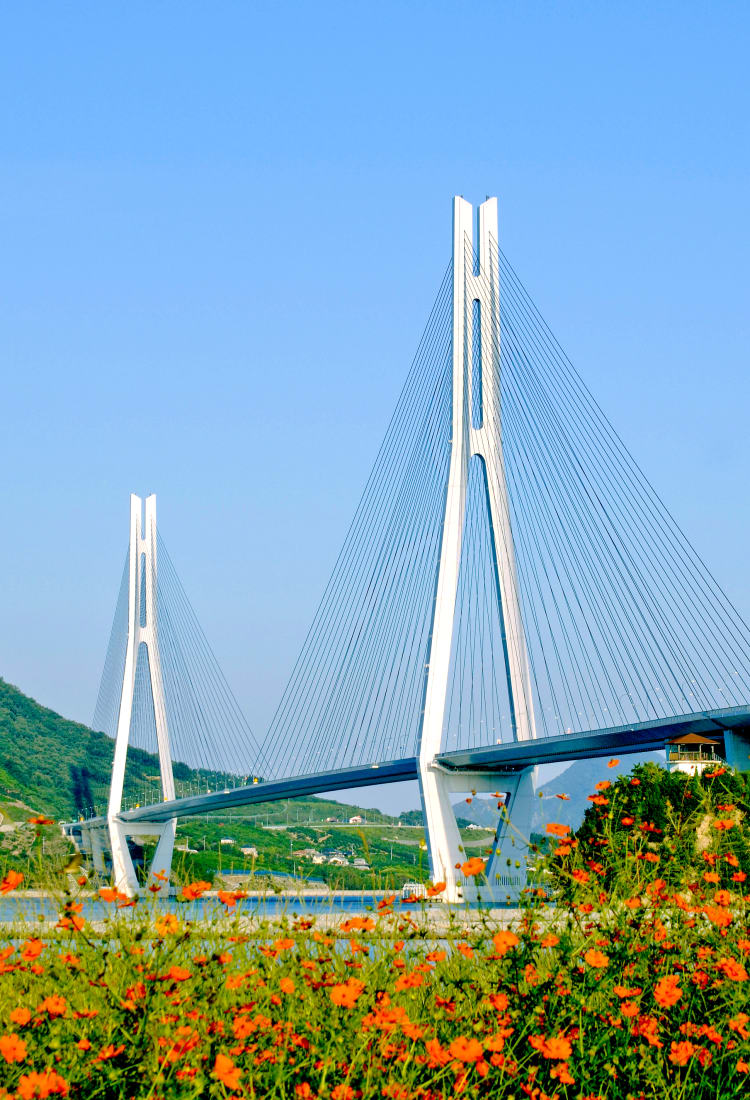
Shikoku Ehime A land beloved by authors and creatives
Ehime's quaint towns and cosmopolitan cities sit amongst jagged mountains, rural landscapes and bright blue seas scattered with islets
How to Get There
Matsuyama Airport welcomes domestic flights from all Japan's major airports, and limited express trains from Okayama connect Ehime to cities on Honshu. There is a jet ferry from Hiroshima on the Seto Inland Sea.
Many travel to Matsuyama by rail, taking a shinkansen from major cities such as Tokyo, Osaka, Kyoto and Nagoya to Okayama. Other options include the three-hour journey from Okayama on the Shiokaze Limited Express, all-night buses running from both Osaka and Tokyo, and the speedy jet ferry from Hiroshima. Serious cyclists can also take a bike along the Shimanami Kaido from Onomichi in Hiroshima Prefecture to Imabari City. Matsuyama Airport handles domestic flights from major cities in Japan, with a handful of international flights from South Korea, Taiwan and China. Flights take just one hour and 20 minutes from Tokyo.
Don’t Miss
- Cycling along the Shimanami Kaido for panoramas of the Seto Inland Sea
- Bathing in Japan's oldest hot spring, Dogo Onsen
- The dramatic landscapes of Mt. Ishizuchi and Shikoku Karst Natural Park
- Marveling at two of Japan’s 12 castles with original keeps
Explore Ehime by Area
Trending Attractions in Ehime
Local Specialties
-
Taimeshi
Tai or sea bream is a popular fish typically eaten at times of celebration. Often fished in the Seto Inland Sea off the coast of Ehime, the prefecture serves up taimeshi, sea bream rice, as its signature dish. You can choose from two variations. The first is a whole-fish cooked together with rice and seasoned with salt or soy sauce. The second is raw sea bream sashimi coated in an egg yolk and soy sauce marinade, served on a piping hot bed of rice.

-
Jako-ten
Jako are tiny white fish. To make jako-ten, these nutritious little fish are ground, formed into a patty and deep-fried, sort of like a fish burger patty but with a history dating back to 1614.

-
Imabari Towels
There's a test for Imabari towels: If they don't sink completely within five seconds when submerged in water, they aren't authentic. This ensures that they are absorbent. Glam up any bathroom and make it your personal spa retreat with this ultrasoft, fade-resistant bath linen.

-
Tobe Ware
The town of Tobe has been a potterymaking hub since the mid-18th century. Inventiveness is a trademark of its ceramists. Originally making only earthenware, its artisans are synonymous with the dramatic blue-and-white sometsuke style, elaborate multi-colored overglaze ceramics, and celadon porcelain ware.

-
Ehime Mikan
Ehime's abundant sunshine and proximity to the ocean make it the perfect environment for growing citrus fruits, particularly the mandarin oranges known as mikan. Ehime mikan are small, easy to peel, seedless and very sweet.

Seasonal Highlights
-
Spring
Ehime bursts to life in spring with the Dogo Onsen Festival, blooming cherry blossoms, prime fishing and an ideal climate for Shikoku Pilgrimage trips and cycling tours.

-
Summer
Ehime showcases its many local traditions, such as firefly viewing, fireworks festivals, parading bull demons and baseball samba.

-
Autumn
Enjoy local mikan oranges as autumn leaves appear and communities take to the streets for sake-fueled festivals and Noh by firelight.

-
Winter
Unusual cloud formations gather over the Ozu area as winter draws in. Frozen waterfalls and the ski season are best paired with steaming onsen. (Photo: toon city photo contest award winning works)






















































